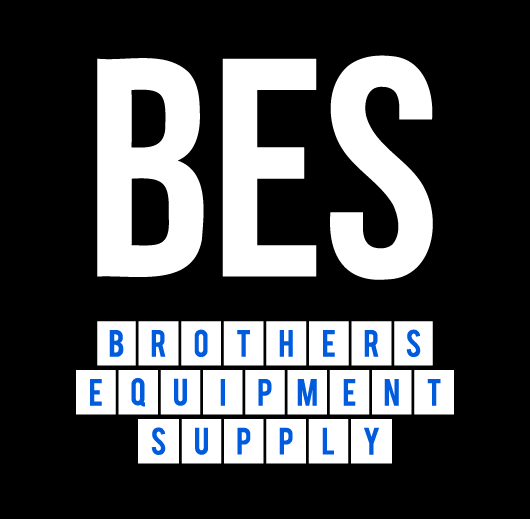Must-Have Tools For Water Damage Cleanup
Must-Have Tools For Water Damage Cleanup
By: Brothers Equipment And Supply
Water damage can wreak havoc on properties, causing structural issues, mold growth, and health hazards if not addressed promptly and effectively.
To facilitate efficient cleanup and restoration, having the right tools is crucial. In this guide, we’ll explore the top 10 tools needed for water damage cleanup, highlighting their importance, the top reasons why water damage must be fixed and the benefits of fast restoration.
Let’s get right into it.
Top 10 Tools For Water Damage Cleanup
1. Water Extractor/Extractor Pump
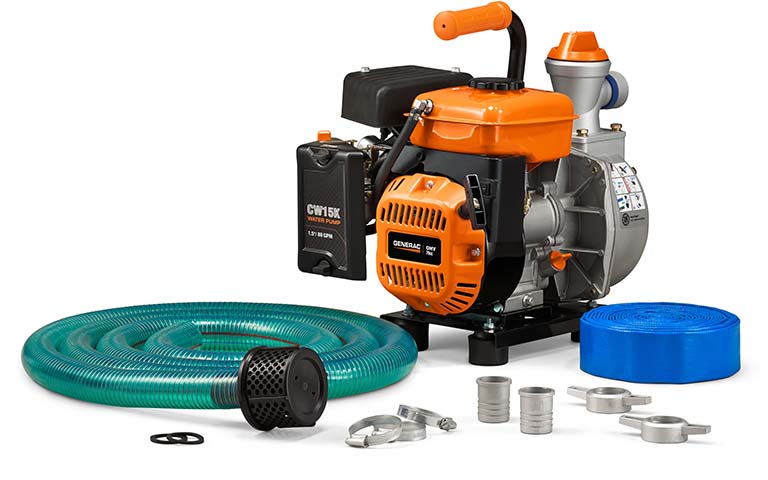
A water extractor or extractor pump is essential for removing excess water from flooded areas quickly and efficiently. This powerful tool helps prevent further damage to flooring, walls, and furnishings by extracting water effectively.
2. Dehumidifier
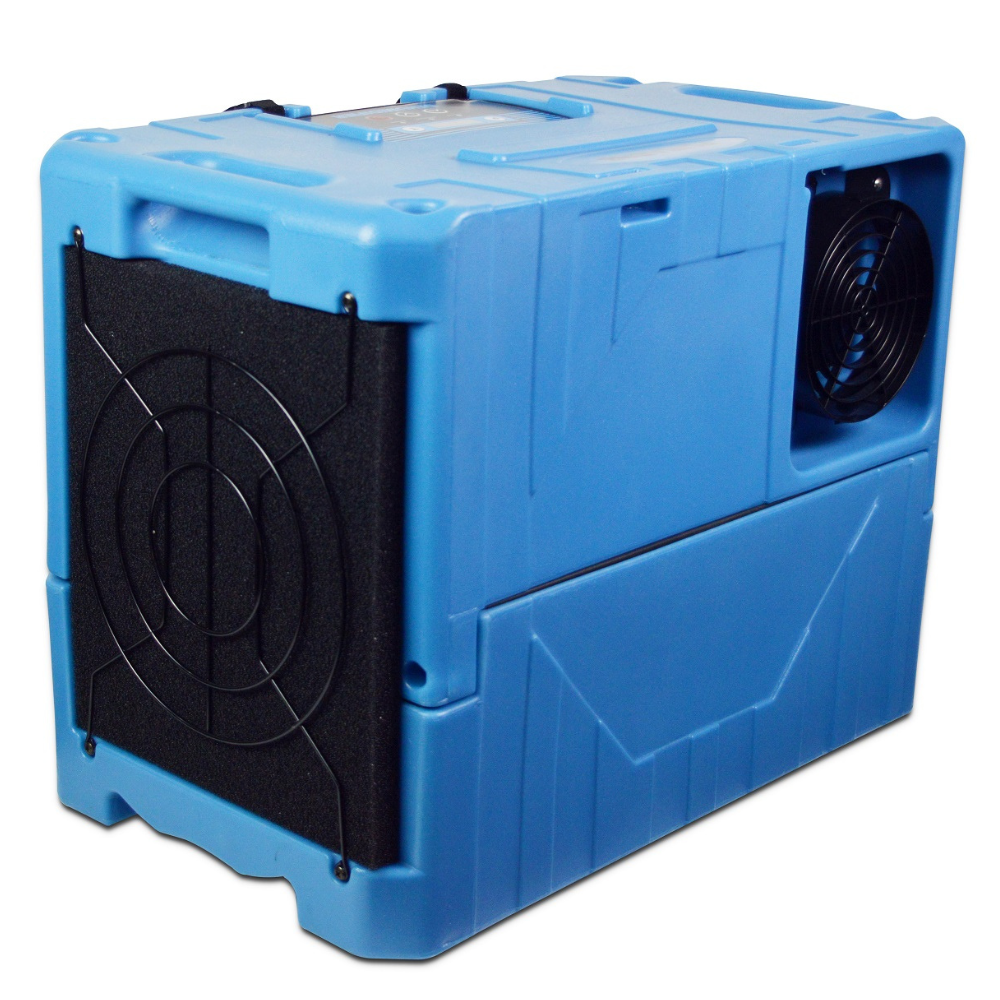
Dehumidifiers play a vital role in water damage cleanup by removing excess moisture from the air, aiding in drying out affected areas, and preventing mold growth. They are especially useful in high-humidity environments or during the drying process after water extraction.
3. Air Movers/Fans

Air movers or fans are used to promote airflow and accelerate the drying process in water-damaged areas. By circulating air and facilitating evaporation, air movers help reduce moisture levels and prevent the proliferation of mold and mildew.
4. Moisture Meter
A moisture meter is a handheld device used to measure the moisture content of various materials, such as wood, drywall, and concrete. It helps restoration professionals assess the extent of water damage, monitor drying progress, and ensure thorough moisture removal.
5. Wet/Dry Vacuum
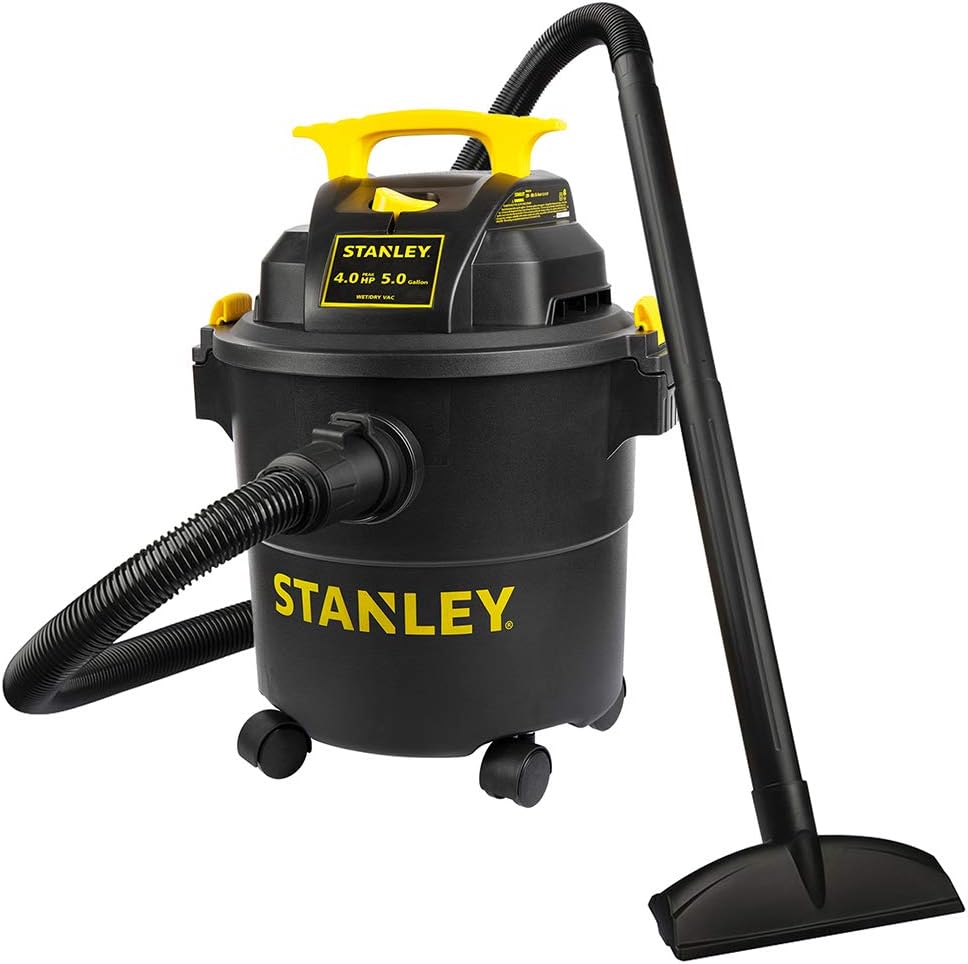
A wet/dry vacuum is invaluable for cleaning up water from floors, carpets, and upholstery. It can efficiently remove standing water, debris, and sludge, making it an essential tool for initial water extraction and cleanup.
6. Injectidry System
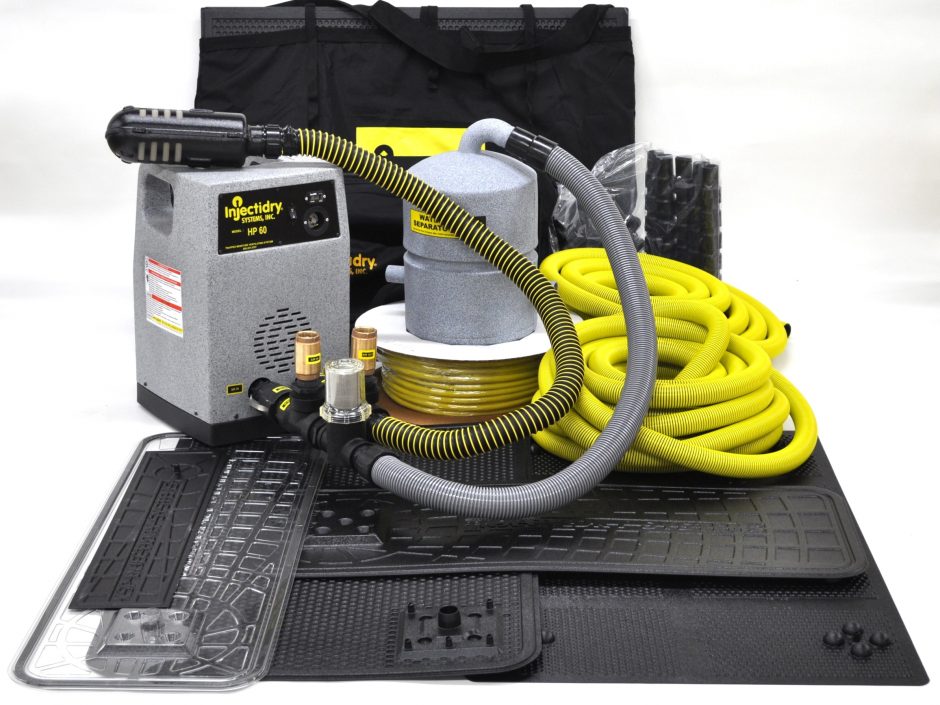
The Injectidry system is a specialized drying tool that injects warm, dry air into wall cavities, ceilings, and other hard-to-reach areas affected by water damage. It helps expedite drying and prevents moisture buildup within building materials.
7. Disinfectants And Antimicrobial Solutions

Disinfectants and antimicrobial solutions are essential for sanitizing water-damaged surfaces and inhibiting mold and bacterial growth. They help ensure that affected areas are properly cleaned and safe for occupancy after water damage restoration.
8. Protective Gear
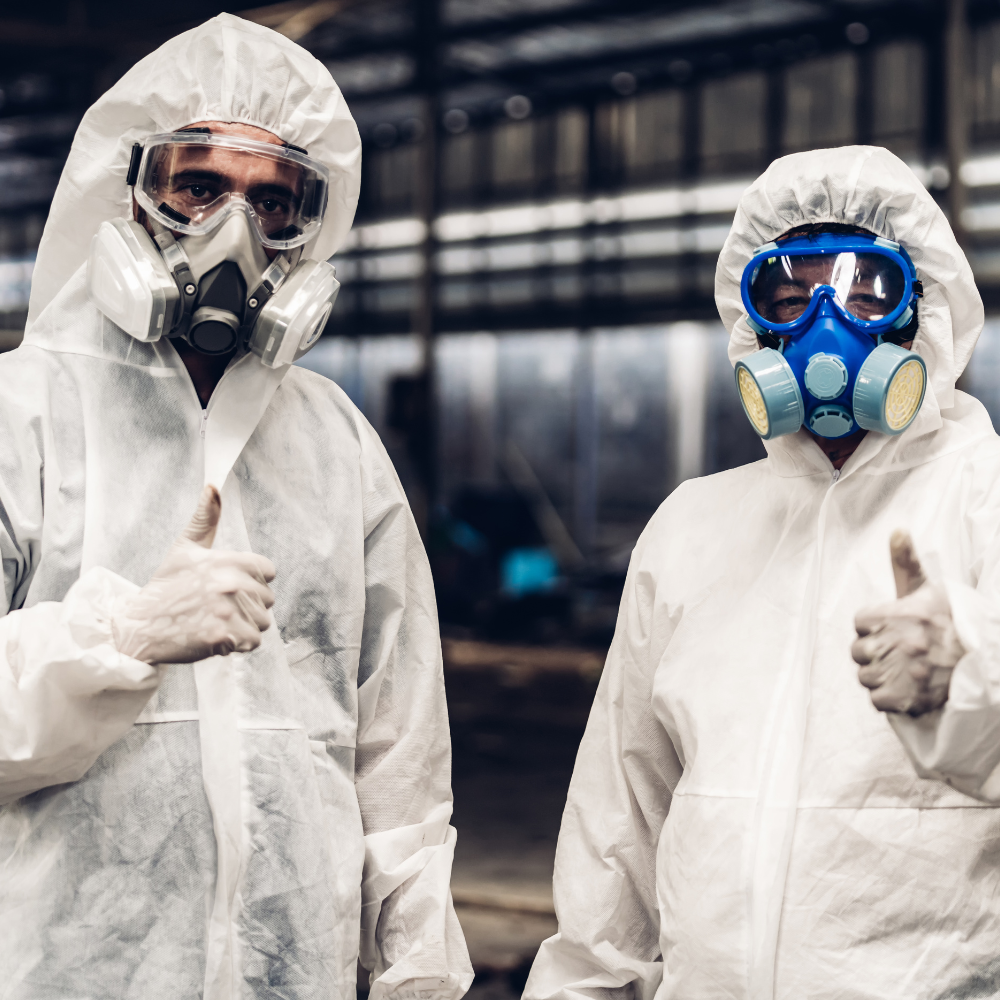
Protective gear, including gloves, masks, goggles, and coveralls, is essential for safety during water damage cleanup. It helps protect restoration professionals from exposure to contaminated water, mold spores, and harmful chemicals.
9. Sump Pump

A sump pump is essential for removing groundwater or excess water from basements, crawl spaces, and other low-lying areas prone to flooding. It helps prevent basement flooding and minimize water damage to the foundation and structural components.
10. Mold Remediation Tools

Mold remediation tools such as HEPA vacuums, scrubbers, and containment barriers are necessary for safely removing mold growth and preventing cross-contamination during cleanup. These tools ensure thorough mold removal and prevent re-infestation.
Top 5 Reasons Why Water Damage Must Be Fixed
1. Prevention of Structural Damage
Water damage can compromise the structural integrity of buildings, leading to warped wood, crumbling drywall, and sagging ceilings. Timely repair and restoration are essential to prevent further structural deterioration.
2. Prevention of Mold Growth
Excess moisture from water damage creates ideal conditions for mold growth, which can proliferate rapidly within 24 to 48 hours. Addressing water damage promptly is crucial to prevent mold infestations and protect indoor air quality.
3. Mitigation of Health Risks
Standing water and damp environments resulting from water damage can harbor bacteria, viruses, and other pathogens, posing health risks to occupants. Fast cleanup and drying help mitigate health hazards associated with water damage.
4. Preservation of Property Value
Untreated water damage can diminish the value of properties and deter potential buyers. Prompt restoration not only prevents further damage but also preserves the value and marketability of the property.
5. Reduction of Restoration Costs
Delaying water damage cleanup and restoration can result in increased restoration costs due to additional damage, mold growth, and prolonged exposure to moisture. Addressing water damage promptly can help minimize restoration expenses.
Top 5 Benefits of Fixing Water Damage Fast

1. Prevention of Mold Growth
Fast water damage cleanup prevents mold growth, reducing the need for extensive mold remediation and ensuring a healthier indoor environment.
2. Prevention of Secondary Damage
Prompt restoration minimizes the risk of secondary damage, such as structural deterioration, warped materials, and electrical hazards, saving time and money on repairs.
3. Faster Recovery
Swift water damage cleanup enables faster recovery and restoration of affected areas, allowing occupants to return to their homes or businesses sooner and resume normal activities.
4. Protection of Belongings
Rapid restoration helps salvage and protect belongings from further damage, reducing losses and preserving sentimental and valuable items.
5. Peace of Mind
Knowing that water damage has been addressed promptly provides peace of mind for property owners, alleviating stress and anxiety associated with potential long-term consequences of water damage.
FAQs
1. Do I need professional tools for water damage cleanup, or can I use household equipment?
Professional-grade tools are recommended for efficient and thorough water damage cleanup, but household equipment such as wet/dry vacuums can be used for initial water extraction.
2. How do I know which tools are necessary for water damage cleanup in my situation?
The necessary tools for water damage cleanup depend on the extent and severity of the damage. Consulting with a water damage restoration professional can help determine the appropriate tools needed for your specific situation.
3. Can I rent water damage cleanup tools, or do I need to purchase them?
Many tools for water damage cleanup, such as dehumidifiers and air movers, can be rented from equipment rental companies. However, frequent water damage occurrences may warrant purchasing these tools for long-term use.
4. Are there any safety precautions I should take when using water damage cleanup tools?
Yes, safety precautions such as wearing protective gear, using equipment in well-ventilated areas, and following manufacturer instructions are essential when using water damage cleanup tools.
5. How long does it take to clean up water damage using professional tools?
The duration of water damage cleanup varies depending on factors such as the extent of the damage, the type of materials affected, and the efficiency of the tools used. Professional restoration companies can provide estimates based on the specific circumstances.
6. Can I use household disinfectants instead of professional antimicrobial solutions for water damage cleanup?
While household disinfectants may provide some level of sanitation, professional-grade antimicrobial solutions are specifically formulated for water damage cleanup and are more effective at inhibiting mold and bacterial growth.
7. Do I need special training to use water damage cleanup tools effectively?
While professional training is recommended for using certain water damage cleanup tools, such as injectidry systems and mold remediation equipment, many tools can be used effectively with proper instruction and guidance.
8. What should I do if I encounter mold growth during water damage cleanup?
If mold growth is discovered during water damage cleanup, it’s essential to stop work immediately and contact a professional mold remediation specialist for safe and thorough mold removal.
9. Can I use fans and open windows instead of air movers and dehumidifiers for water damage cleanup?
Fans and open windows may help promote airflow and ventilation, but air movers and dehumidifiers are specifically designed for water damage cleanup and are more effective at drying out affected areas.
10. What should I do with water damage cleanup tools after completing the restoration process?
After completing the restoration process, clean and disinfect water damage cleanup tools thoroughly before storing them properly to prevent mold and bacterial growth. Regular maintenance and inspection of tools are essential to ensure their effectiveness and longevity.
If you have any questions about our article, “Must-Have Tools For Water Damage Cleanup” or need dehumidifiers, air movers and other water damage equipment, feel free to contact sales@brothers-equipment.com or chat with us on social media or LiveChat.
